Emperors' residence to be restored
Updated: 2015-12-19 13:06
By Wang Kaihao(China Daily)
|
||||||||
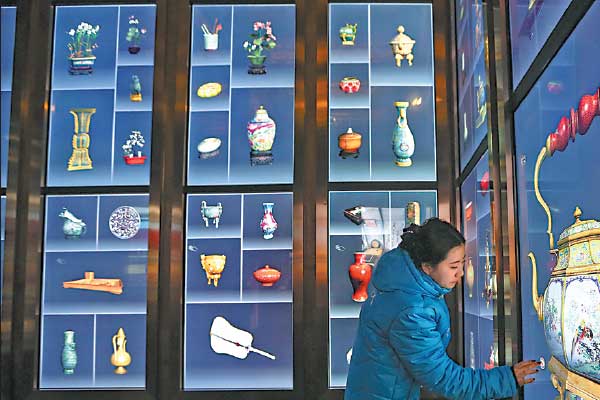 |
|
A worker tests virtual displays of antiques of the Forbidden City at the Duanmen Digital Gallery. The public can visit the gallery for free from Dec 22 to Jan 17; reservations are required.[Photo by Jiang Dong/China Daily] |
One of the buildings at Beijing's Palace Museum, or Forbidden City, most closely associated with imperial life is to undergo a major renovation based on traditional construction techniques, the museum announced on Friday.
The Hall of Mental Cultivation, the residence of the last eight Qing Dynasty (1644-1911) emperors, was partially restored in the early 1980s, but for years has received in the part open to the public up to 800 visitors at a time during peak hours.
The Forbidden City was China's imperial palace from 1420 to 1911. The 3,800-sq-m Hall of Mental Cultivation, built in 1537, served in part as a place for emperors to meet officials. Emperor Yongzheng (1678-1735) was the first monarch to live there, and the building witnessed the early days of the reign of the legendry Empress Dowager Cixi (1835-1908).
Palace Museum Director Shan Jixiang said of the restoration: "It's more of a scientific research than construction project. As long as the original components can still be used, we'll not replace them with new materials."
Shan regretted that some previous restorations in the palace employed professional construction companies that were not the best choices, despite their efficiency, because they lacked expertise in traditional Chinese palace construction.
The new restoration will strictly comply with old royal files on the hall, and Shan said the project will enrich their experience on the conservation of palace constructions and explore methods of revitalizing endangered traditional renovation techniques among young generations.
"Each worker at the restoration site will receive a year of training," he said. "Time is not the priority. We are more concerned with quality."
The project is roughly scheduled for completion by 2020 to celebrate the 600th birthday of the Forbidden City.
A major difficulty during the restoration, Shan said, is that the hall is filled with historical antiques that will have to be removed. Nearly 1,900 supreme cultural relics, including a royal painting and calligraphy collection, daily-use articles, and ancient books, have stood in the hall for more than a century.
Only a 1,000-sq-m area of the hall has been open to the public, but the large crowds in that space during peak times have raised safety concerns and have made for a poor visiting experience, Shan said.
"But because of the condition of some of the construction, visitors were only able to see the rooms through windows," Shan promised that visitors will later be able to enter the rooms for closer views of the cultural relics.
The finest intangible cultural heritage restorers nationwide will be employed to usher in traditional techniques of restoring those cultural relics.
During the restoration, some cultural relics housed in Hall of Mental Cultivation will be exhibited at the Capital Museum in Beijing. The Palace Museum tentatively plans to open its digital exhibition hall next week to present virtual displays of treasures such as paintings and calligraphy works.
- 10 execs suspected of faking pollution data
- Top 10 social media events of 2015
- Life sentences for east China child traffickers
- Shenzhen leaps to top of efficiency list in 2 yrs
- Pandas prefer choosing their own sex partners, researchers find
- Tycoons exchange views on building a cyberspace community of shared future
- Iraq holds its first beauty contest in 40 years
- Libyan factions sign UN deal to form unity government
- World's refugees and displaced exceed record 60 million
- No specific, credible terror threats against US: Obama
- UN Security Council adopts resolution to cut off Islamic State funding
- California shooters' ex-neighbor charged with supporting terrorists

 Iraq holds its first beauty contest in 40 years
Iraq holds its first beauty contest in 40 years
 Highlights at the Light of the Internet Expo
Highlights at the Light of the Internet Expo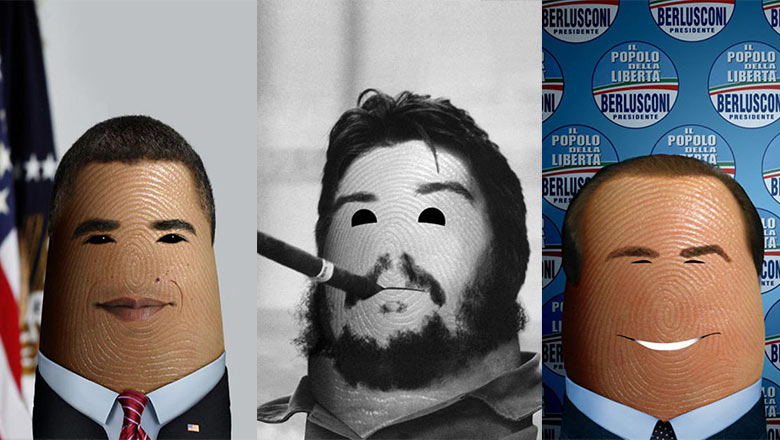
 Finger Icons: Guess who's who
Finger Icons: Guess who's who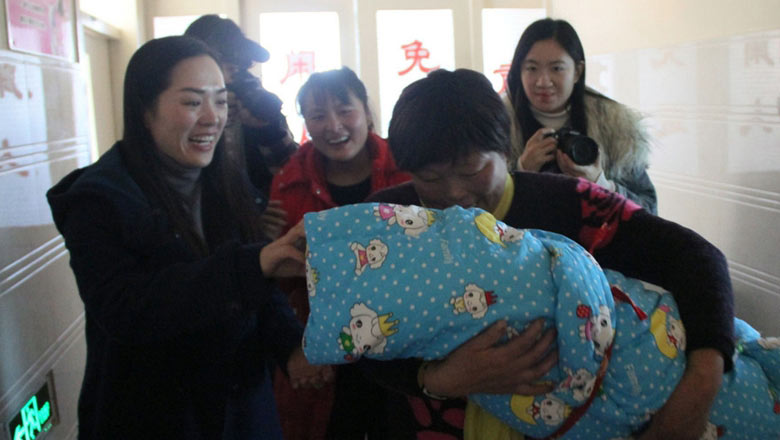
 Older mother who lost only child delivers another baby
Older mother who lost only child delivers another baby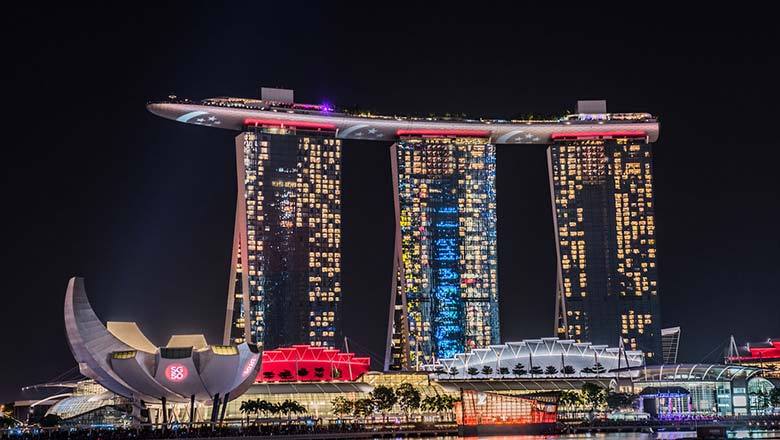
 Top 10 most attractive FDI destinations in the world
Top 10 most attractive FDI destinations in the world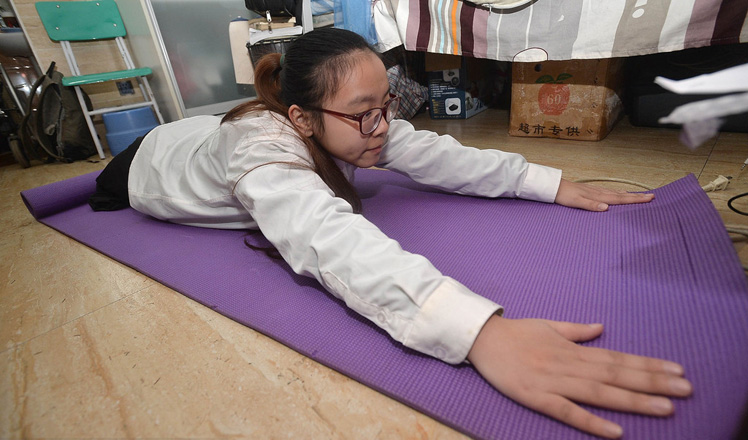
 Canadian college offers flying classes to legless girl
Canadian college offers flying classes to legless girl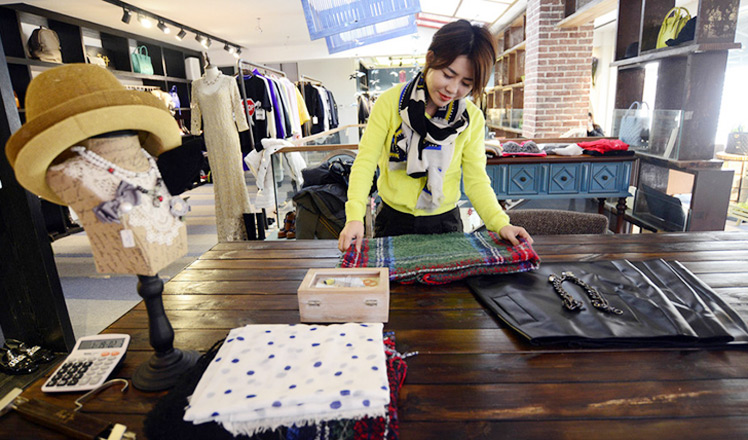
 Fashion buyer scours the world for trendy items
Fashion buyer scours the world for trendy items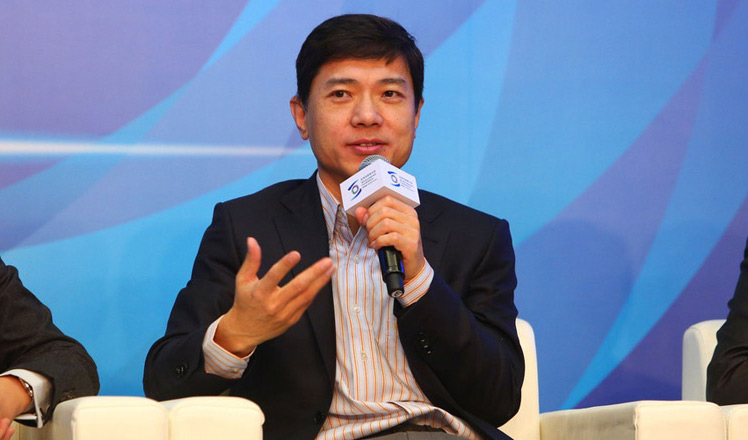
 Tycoons exchange views on building a cyberspace community of shared future
Tycoons exchange views on building a cyberspace community of shared future
Most Viewed
Editor's Picks

|

|

|

|

|

|
Today's Top News
Shooting rampage at US social services agency leaves 14 dead
Chinese bargain hunters are changing the retail game
Chinese president arrives in Turkey for G20 summit
Islamic State claims responsibility for Paris attacks
Obama, Netanyahu at White House seek to mend US-Israel ties
China, not Canada, is top US trade partner
Tu first Chinese to win Nobel Prize in Medicine
Huntsman says Sino-US relationship needs common goals
US Weekly

|

|








